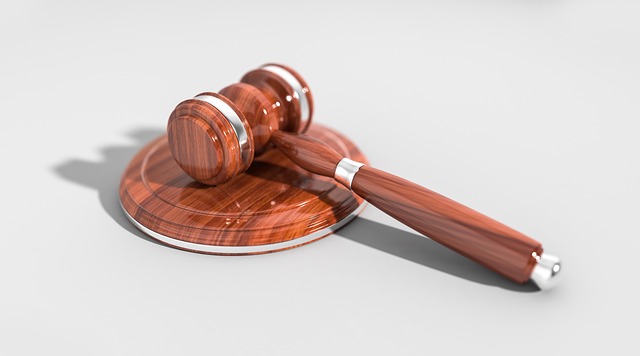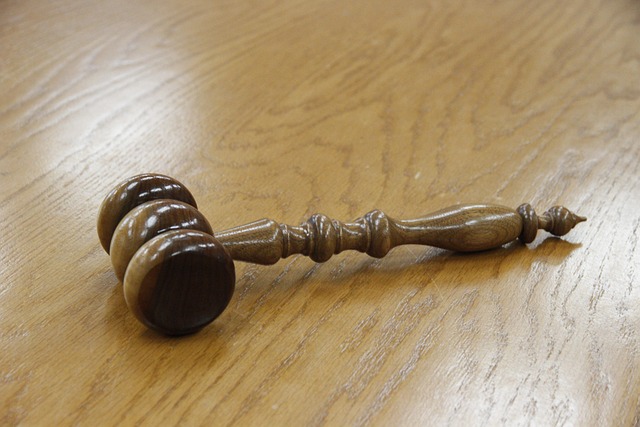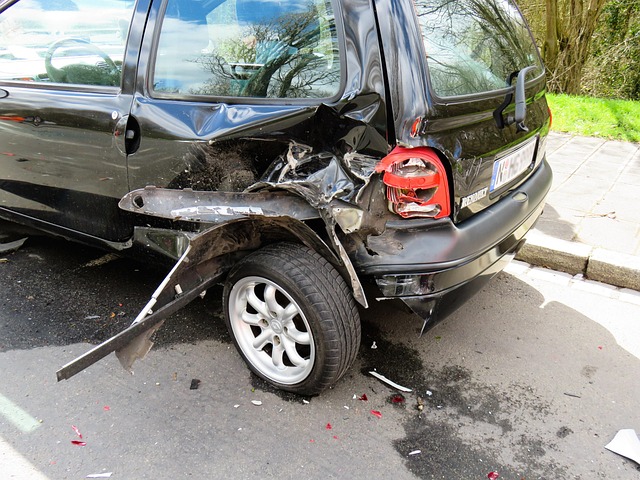Comparative negligence in accident claims assesses each party's fault level to ensure fair damages, considering culpability in scenarios like car accidents, medical malpractice, and elder law issues. This principle assigns responsibility based on negligence contribution, impacting compensation for all involved. Understanding comparative fault is key for clients seeking justice and appropriate settlement in personal injury cases.
“In the complex landscape of accident claims, understanding comparative fault is pivotal. This concept, a cornerstone of personal injury law, determines liability and compensation in cases where multiple parties contribute to an incident.
When it comes to accident claims, comparative negligence plays a crucial role in payout decisions, ensuring fairness. This article demystifies comparative fault, offering insights into its definition, impact on settlements, and the intricate process of apportioning responsibilities among involved parties.”
- Defining Comparative Fault in Accident Claims
- How Comparative Negligence Affects Payouts
- Navigating Responsibilities: Who's at Fault?
Defining Comparative Fault in Accident Claims

Comparative fault is a legal principle that plays a pivotal role in many accident claims. When determining liability, it compares the negligence levels of all involved parties. In an accident involving multiple individuals or entities, each party’s actions are evaluated to ascertain their degree of responsibility. This approach ensures that damages awarded reflect the relative fault of each party, rather than assigning blame in a strict, black-and-white manner.
In the context of accident claims, comparative fault is crucial for reaching a fair and just outcome. For instance, if you’re involved in a car accident caused by another driver’s negligence but also contributed to through your own reckless behavior, a court will consider both factors. An experienced accident lawyer can help navigate this complex process, ensuring that your rights are protected and you receive compensation commensurate with the other party’s fault. This principle extends beyond traffic accidents; it applies to various scenarios, including medical malpractice, product liability cases involving defective goods, and even elder law issues where negligence in caregiving is a concern.
How Comparative Negligence Affects Payouts

In the realm of accident claims, comparative negligence plays a pivotal role in determining compensation payouts. When assessing liability, courts consider the relative fault of each party involved in the incident. This means that if multiple parties contribute to the cause of an accident, their respective levels of negligence are taken into account when calculating damages. As a result, victims may receive higher or lower compensation amounts based on their own actions, thereby ensuring fairness among all parties.
For instance, if a driver is partially at fault for an accident due to speeding, their payout from an accident claim will be reduced in proportion to their negligence. This concept encourages individuals to exercise caution and adhere to traffic rules to mitigate potential risks. In the context of personal injury cases, understanding comparative negligence is crucial for clients recovering from injuries caused by others’ negligence, as it directly impacts the final settlement or verdict amount they receive.
Navigating Responsibilities: Who's at Fault?

In any accident claim, establishing fault is a complex task, especially when multiple parties are involved. Navigating responsibilities and determining liability is a critical step in the claims process. The principle of comparative fault comes into play here, ensuring that each party’s contribution to the accident is considered. This means that if you were partially at fault for an incident, your compensation may be reduced accordingly.
For instance, in cases like elder abuse or medical malpractice, where negligence plays a significant role, understanding comparative fault is crucial. Similarly, employment disputes often involve assessing the responsibility of both employees and employers. The goal is to distribute justice fairly, taking into account the degree of carelessness or intentional actions that led to the accident or harm.
Comparative fault, a key concept in accident claims, ensures that liability and compensation are fairly determined. By understanding how it works, individuals involved in accidents can better navigate their rights and responsibilities. This article has explored the basics of comparative negligence, its impact on payout amounts, and the process of assigning fault. Remember that, when considering an accident claim, recognizing the factors that contribute to blame is essential for achieving a just outcome.





